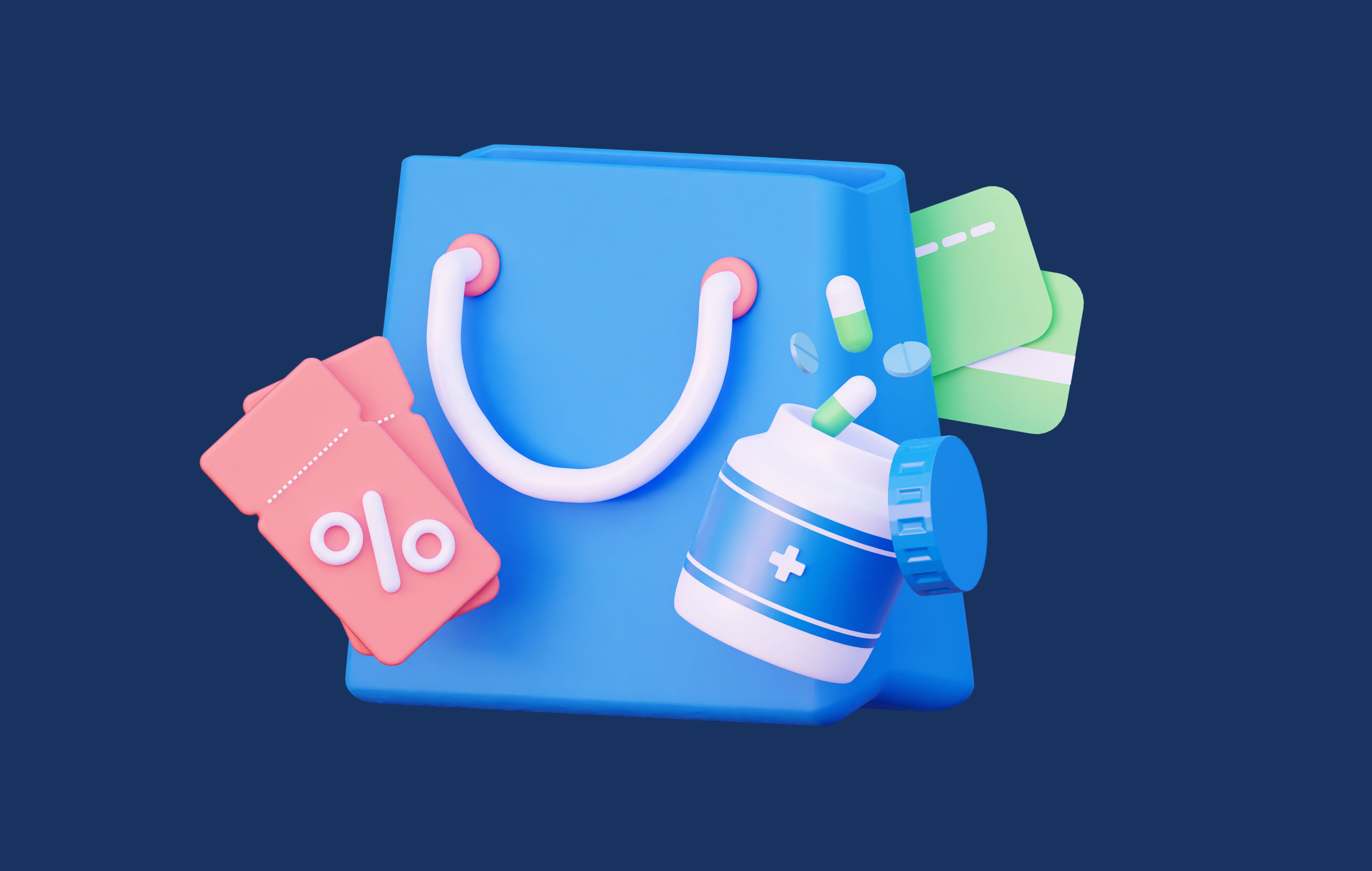- Safety & Recalls
- Regulatory Updates
- Drug Coverage
- COPD
- Cardiovascular
- Obstetrics-Gynecology & Women's Health
- Ophthalmology
- Clinical Pharmacology
- Pediatrics
- Urology
- Pharmacy
- Idiopathic Pulmonary Fibrosis
- Diabetes and Endocrinology
- Allergy, Immunology, and ENT
- Musculoskeletal/Rheumatology
- Respiratory
- Psychiatry and Behavioral Health
- Dermatology
- Oncology
Drug Manufacturer Coupons: Marketing Tools Perceived as Charitable Assistance
The frequency of drug manufacturer coupon utilization is associated with more market competition—but not patients’ out-of-pocket costs.
When investigating potential factors influencing a patient’s likelihood of using a manufacturer coupon, researchers looked closely at the drug market, patient out-of-pocket costs, and neighborhood income level.
© Kari_designer - stock.adobe.com

Patients utilize manufacturer coupons for the first time almost exclusively when they begin a new medication, according to a recent study out of Johns Hopkins School of Public Health. The study also found that if a drug doesn’t have direct competitors—so-called “me-too drugs”—it is less likely to have a coupon available.
Manufacturer coupons are discounts provided to consumers by pharmaceutical companies to lower the cost of prescription drugs. Investigators sought to examine how patients use these coupons and identify possible trends.
“Many patients use third party programs to help pay for their prescription drugs. However, they often don’t know when and how long they can rely on these third-party programs. This study sheds light on how frequently insured patients seek and use coupons to pay for their drugs,” So Yeon Kang, PhD, MBA, the study’s lead author, told Formulary Watch in an interview.
The research team obtained a 5% sample from a nationwide retail pharmacy claim database from 2017 to 2019. They collected information regarding the initiation and frequency of coupon use by each patient relative to when they first filled their new prescription medication. The researchers also looked into factors that may influence a patient to use a manufacturer coupon.
The final analysis, published in JAMA Network Open, included more than 36,000 separate uses of manufacturer coupons, with nearly 250,000 total drug claims collected. Of the 36,000 manufacturer coupons, 95% were used for the first fill of a new medication.
When investigating potential factors influencing a patient’s likelihood of using a manufacturer coupon, researchers looked closely at the drug market, patient out-of-pocket costs, and neighborhood income level. No connection was found between how much a patient spent on medication or the average neighborhood income and the frequency of coupon use.
However, the degree of market competition a drug faced directly influenced how likely a patient was to use a manufacturer coupon. If a specific medication belonged to a competitive drug market with alternative treatment options available, the patient was nearly 20% more likely to use a coupon than if the medication belonged to a drug class without much competition.
“People expect that coupons will be available when the out-of-pocket cost for the drug is high and perceive these programs as charitable assistance. But prescription drug coupons are essentially a marketing tool for manufacturers,” Dr. Kang said.
“In other words, patients seeking financial assistance for their rare chronic conditions will likely bear the cost without more coupons. Even if they could initiate the drug with a coupon, coupons are not likely to be available for many refills. This can be a problem,” she explained.
Overall, the study suggests that manufacturer coupons benefit drug companies; coupons for competitive-market drugs for the first fill of a prescription help initiate a patient on a medication with low costs at first, with prices potentially rising for future refills of the prescription. These strategies may also have a broader impact on healthcare system costs as a whole, as the coupons drive interest in higher-cost brands—away from less-expensive generic alternatives.
“Manufacturers can use these coupons to hook patients to expensive drugs placed on high cost-sharing tiers in their drug formulary, especially when they face greater competition in the market," Dr. Kang stated. "Our concern is how patients will continue to pay for their drugs when the coupons become no longer available.”
Payers Recognize the Benefits, but Still See Weight Loss Drugs through a Cost Lens
April 12th 2024Jeffrey Casberg, M.S., R.Ph., a senior vice president of clinical pharmacy at IPD Analytics LLC, a drug intelligence firm that advises payers and pharmaceutical companies, talks about how payers are thinking about weight-loss drugs.
Drugs to Watch: Mental Health Conditions
April 11th 2024The FDA is reviewing two novel therapies: a psychedelic-assisted therapy for PTSD with a target action date of Aug. 11, 2024, and therapy for schizophrenia that does not directly block dopamine receptors with an action date of Sept. 26, 2024.
